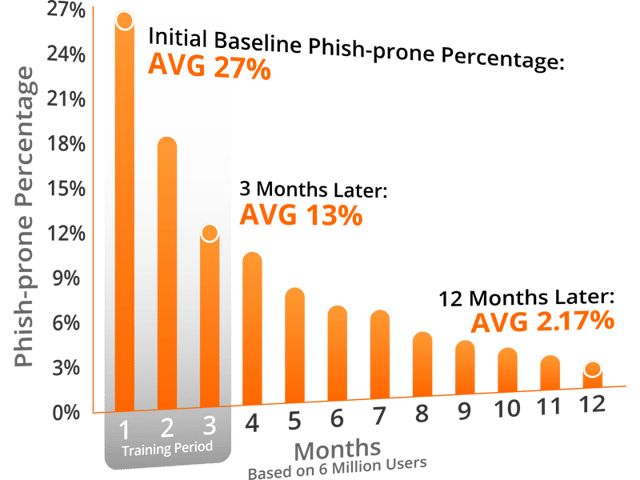A new study by Enigma Software revealed the hardest hit cities in the country when it comes to computer viruses. Tampa was ranked #2 for malware infections per person. That's 842% above the national average! Others in the top 5 include Little Rock, St. Louis, Orlando and Denver. Because there are so many different types of infections, it's really hard to pinpoint why any one area would be more susceptible than another. However, this is actually an easy problem to prevent.
ABC Action News interviewed KnowBe4 CEO and Founder Stu Sjouwerman about how malware infections happen and how to prevent them. 'This happens because of risky behavior,' said Sjouwerman, 'people need to stop visiting known places on the internet that might cause infections.'
People click on risky sites, a perfect example is free p0rn - that should be a huge red flag. Malvertising is another way cybercriminals can get to your system by posting malicious ads on legitimate websites. Often users will scour the internet looking for the best deals and unwittingly click on a malicious advertisement. This is one reason why numbers typrically spike around big shopping days, but users should still proceed with caution at all times of the year since these threats will never stop. According to the Enigma Software study mentioned above, the past three Cyber Modays have seen infections increase by around 40%. A good rule of thumb is anything that sounds too good to be true probably is, and of course always ALWAYS think before you click.
Opening attachments, enabling macros, or clicking on a phishing link can introduce keylogger programs into your system. Many times all it takes is one click and the criminals can gain access to your bank accounts and personal information. Going directly to a company's home page rather than clicking on a suspicious link or ad can really save you from a lot of trouble.
The cybersecurity threat landscape only continues to spread and become more sophisticated. In a 2015 report from Websense, one of the highlights is around the topic of Malware-as-a-Service. This means even novice hackers are able to 'rent' exploit kits for very little money. There is a thriving underground cybercrime community with specialists for hire, so complex, multi-stage attacks can be subcontracted. You can get the full report here that identifies the full scope of threats seen in 2015.
AV-Test is a great malware detection resource to check out. They provide great statistics on a regular basis of total malware and new malware registered. It's a great visual representation of the growing threat and serves as a reminder to always keep security top of mind.
"You can't rely on just antivirus, you have to be your own human firewall" Sjouwerman says. Because humans are the number one defense against cyberattacks, it is absolutely vital to have users go through security awareness computer based training. We've seen the average phishing risk go from 15.9% to just 1.2% over 12 months with proper training in place.

Find out what the phish-prone percentage of your organization is today!

